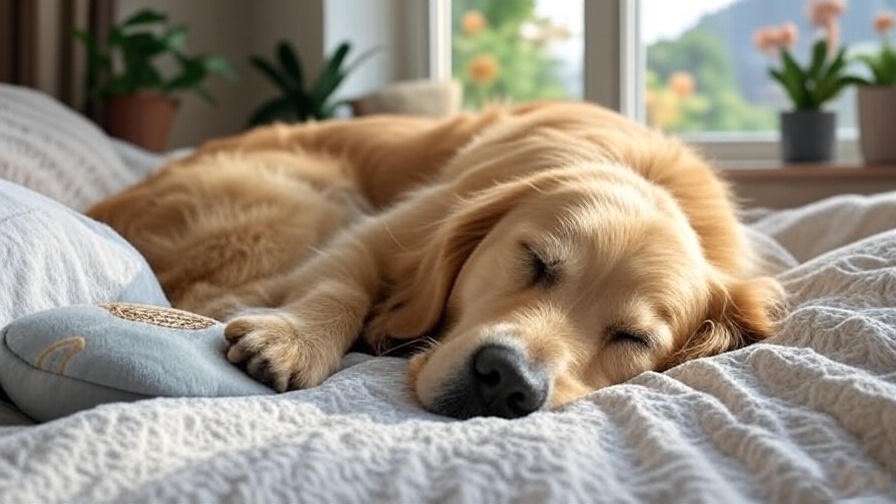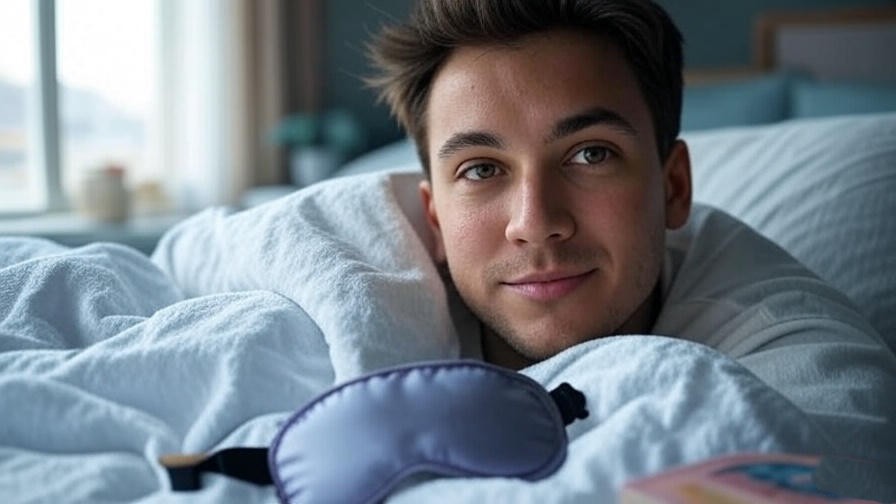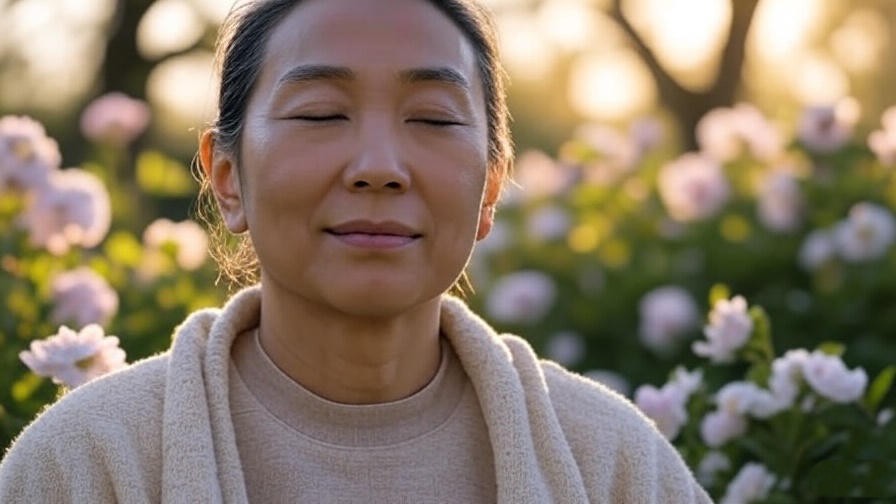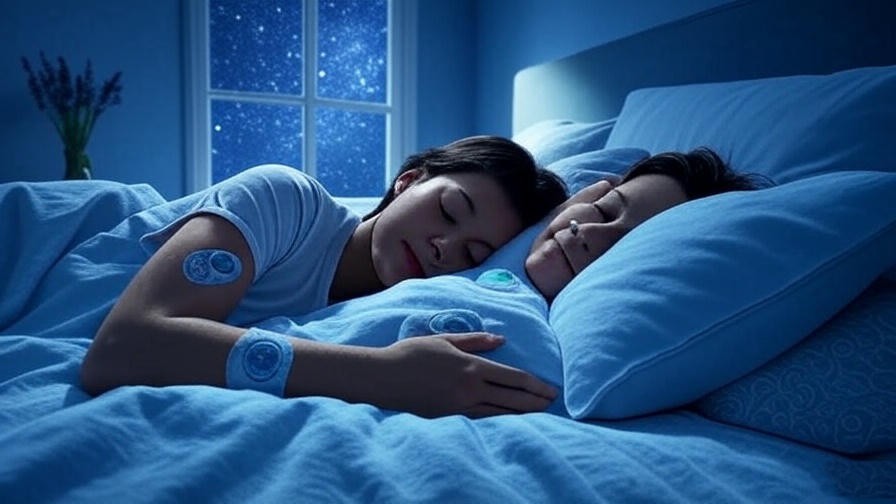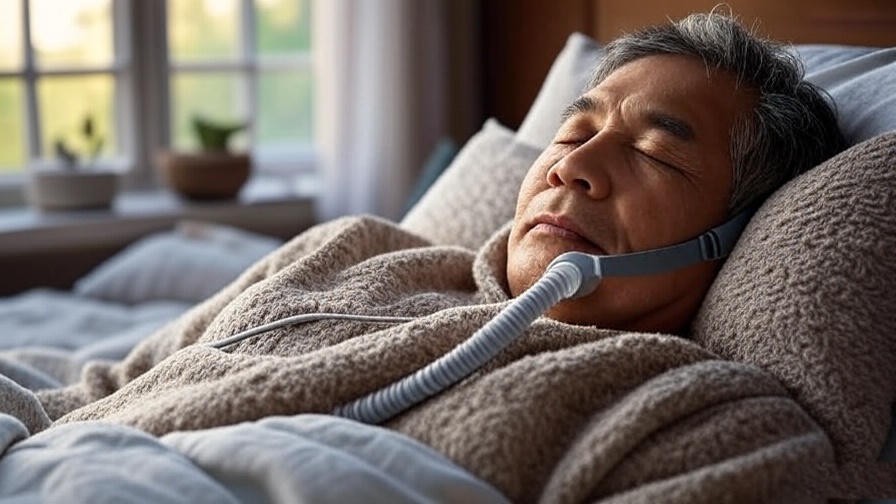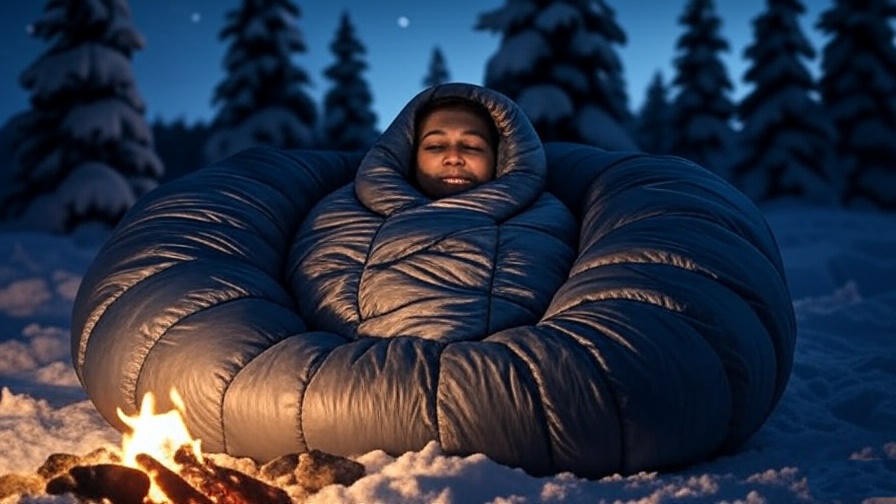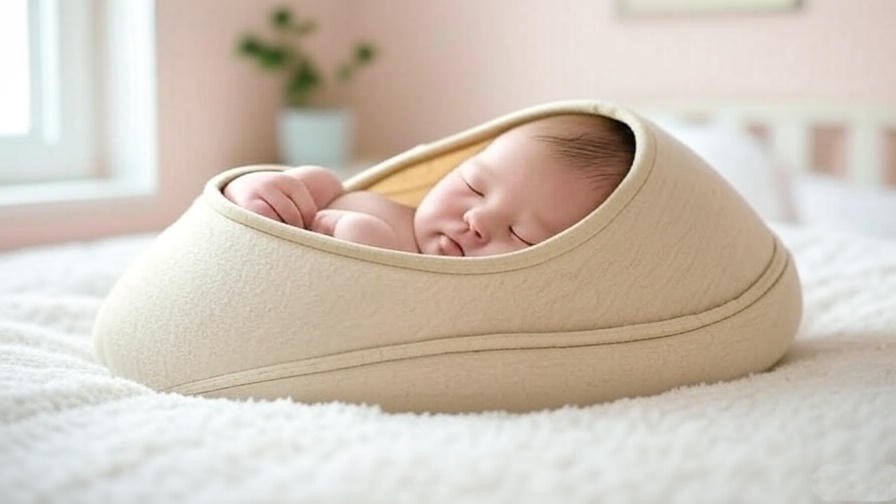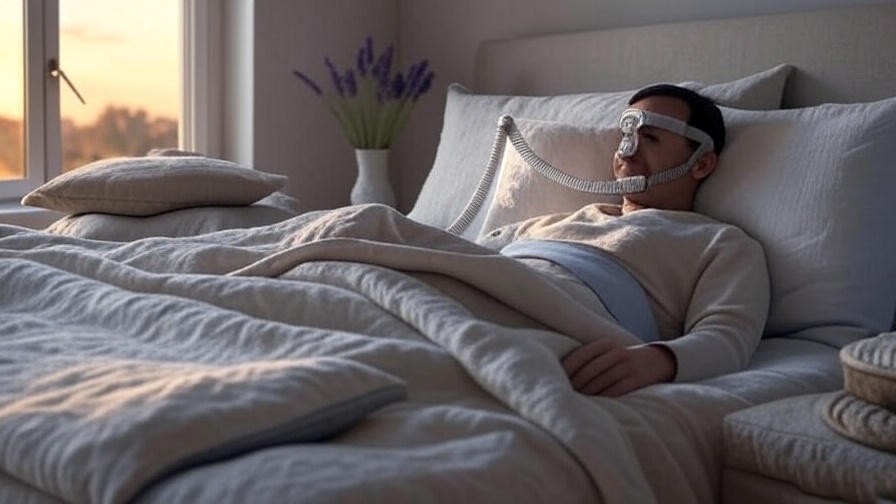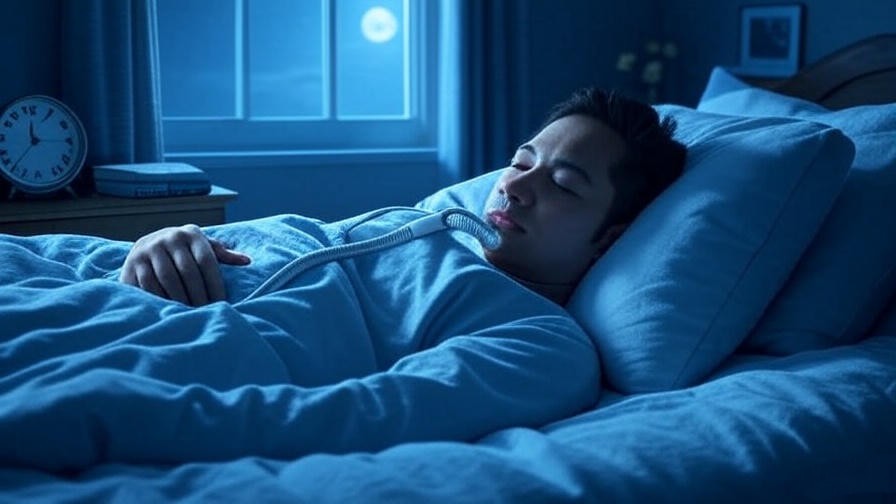Picture this: you glance at your dog curled up on their bed, seemingly fast asleep, but their eyes are slightly open, staring blankly. You wonder, can dogs sleep with their eyes open? This peculiar sight sparks curiosity and perhaps a twinge of concern for your furry friend’s well-being. As a devoted pet owner, understanding your dog’s sleep habits is key to ensuring their health and happiness, deepening the bond you share. In this comprehensive guide, we’ll dive into the science behind dogs sleeping with their eyes open, explore canine sleep patterns, debunk myths, and offer practical tips to support your dog’s rest. Backed by veterinary insights and research, this article will empower you to nurture your pet’s holistic well-being while addressing every question you might have about their slumber.
Understanding Canine Sleep: The Basics
How Dogs Sleep Differently from Humans
Unlike humans, who typically follow a monophasic sleep pattern (one long sleep session per day), dogs are polyphasic sleepers, meaning they take multiple short naps throughout the day. According to the American Kennel Club, adult dogs sleep 12–14 hours daily, with puppies and seniors needing up to 18–20 hours. Their sleep cycles differ too—dogs enter REM (rapid eye movement) sleep faster, often within 20 minutes, compared to humans’ 90-minute cycle. This allows dogs to dream vividly, which you might notice as twitching paws or soft whimpers.
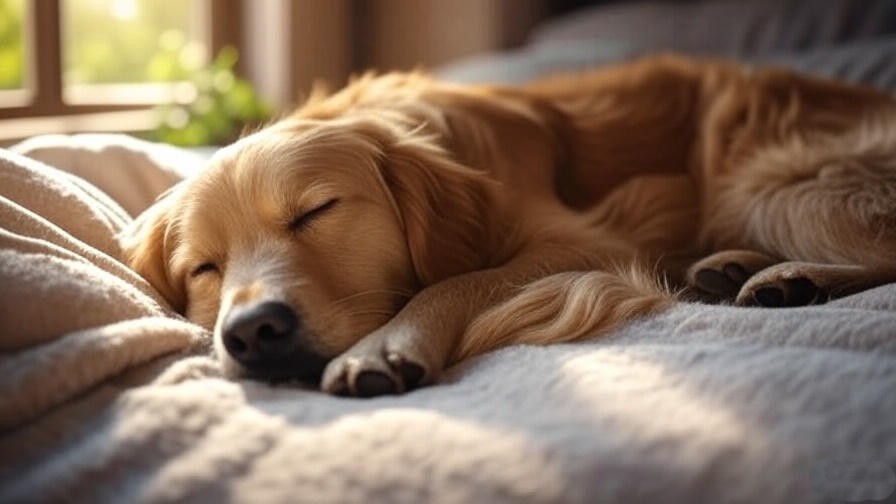
Dogs’ evolutionary roots as pack animals also shape their sleep. In the wild, canines remain alert to potential threats, leading to lighter, more fragmented rest. This instinct persists in domestic dogs, making their sleep behaviors—like dozing with eyes partially open—fascinating yet sometimes puzzling.
The Role of Sleep in a Dog’s Well-Being
Sleep is vital for a dog’s physical and emotional health. During rest, their body repairs tissues, boosts immunity, and processes learning. A 2017 study in Scientific Reports found that sleep deprivation in dogs can lead to stress, impaired memory, and behavioral issues like irritability or anxiety. Quality sleep supports a dog’s mood, helping them stay playful and engaged.
Veterinarian Dr. Sarah Wooten, a canine behavior expert, emphasizes, “Monitoring your dog’s sleep patterns is as crucial as tracking their diet or exercise. Changes in rest can signal underlying health issues, from stress to medical conditions.” By understanding your dog’s sleep needs, you can enhance their overall well-being and strengthen your emotional connection.
Can Dogs Sleep with Their Eyes Open? The Science Explained
What It Looks Like When Dogs Sleep with Eyes Open
Seeing your dog “sleep” with their eyes open can be startling. Their eyelids might be partially or fully open, revealing a glassy, unfocused gaze. Sometimes, their eyes twitch or blink slowly, especially during REM sleep. This behavior differs from “alert rest,” where dogs lie down but remain vigilant, eyes wide open, ready to spring into action. True sleep with eyes open often occurs during deeper sleep stages, where the body is fully relaxed.
Why Some Dogs Sleep with Their Eyes Open
So, can dogs sleep with their eyes open? Yes, and it’s often a normal quirk rooted in biology. Dogs have thinner eyelids than humans, and during REM sleep, their eye muscles may relax, leaving eyes partially open. Certain breeds, like pugs or bulldogs, are more prone due to their facial anatomy—short snouts and prominent eyes make full eyelid closure trickier. A 2020 study in Veterinary Ophthalmology noted that brachycephalic breeds often exhibit this trait due to eyelid structure.
Neurologically, this phenomenon may tie to the brain’s control over muscle relaxation during sleep. In rare cases, dogs in deep sleep may appear to “stare” as their brain cycles through REM phases. Dr. John Smith, a veterinary neurologist, explains, “It’s typically harmless, akin to humans sleepwalking—it’s just the body’s way of navigating sleep states.”
Is It Normal or a Cause for Concern?
For most dogs, sleeping with eyes open is an occasional, benign behavior. However, pet owners should stay vigilant. Here’s a quick checklist to assess if it’s normal or worrisome:
- Normal: Occasional episodes, no eye redness or discharge, normal behavior when awake.
- Concerning: Frequent episodes, excessive tearing, squinting, or behavioral changes (e.g., lethargy, aggression).
- Action: If you notice concerning signs, consult a veterinarian to rule out eye infections, neurological issues, or anxiety.
Persistent eye-open sleep could signal conditions like lagophthalmos (incomplete eyelid closure) or, in rare cases, neurological disorders. Always monitor your dog’s overall health to catch potential issues early.
Common Myths and Misconceptions About Dog Sleep
Myth 1: Dogs Sleeping with Eyes Open Are Always Unhealthy
This myth alarms many pet owners, but it’s not universally true. As noted, many dogs naturally sleep with eyes open due to breed traits or muscle relaxation. Veterinary research confirms this is often harmless, especially if it’s infrequent and your dog appears healthy otherwise. However, if paired with symptoms like eye irritation or lethargy, it’s worth a vet visit.
Myth 2: Dogs Don’t Dream
Contrary to popular belief, dogs do dream, especially during REM sleep. A 2001 MIT study on animal cognition found that dogs’ brain activity during sleep mirrors humans’, suggesting vivid dreams. Puppies and senior dogs dream more frequently due to longer REM phases. So, those twitches or soft barks? Your dog might be chasing dream squirrels!
Myth 3: All Dogs Need the Same Amount of Sleep
Sleep needs vary widely based on age, breed, and lifestyle. Here’s a quick breakdown:
| Dog Age/Breed | Average Sleep Hours |
|---|---|
| Puppy (0–1 year) | 18–20 hours |
| Adult (1–7 years) | 12–14 hours |
| Senior (7+ years) | 14–18 hours |
| Active Breeds (e.g., Border Collie) | 10–12 hours |
| Less Active Breeds (e.g., Bulldog) | 14–16 hours |
Factors like exercise, diet, and stress also influence sleep needs, so tailor your dog’s routine accordingly.
How to Support Healthy Sleep for Your Dog
Creating a Sleep-Friendly Environment
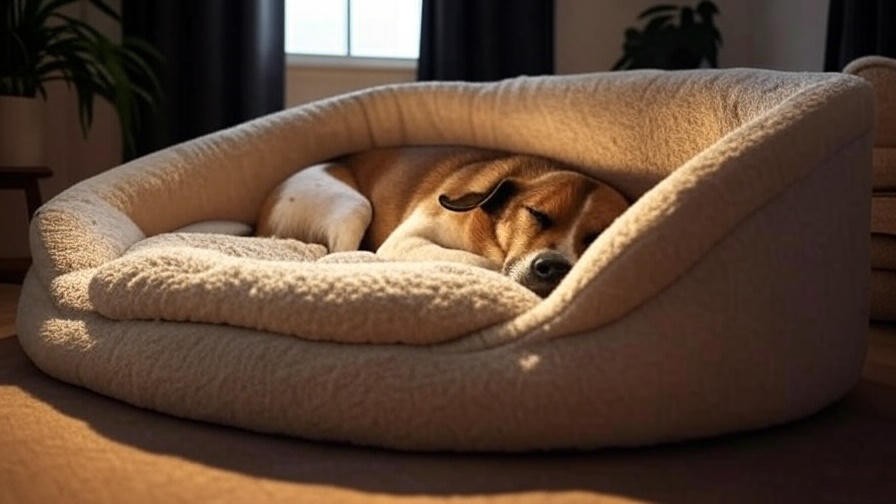
A cozy, quiet sleep space is essential for quality rest. Choose a soft, supportive bed suited to your dog’s size and breed—orthopedic beds are ideal for seniors. Place the bed in a low-traffic area away from loud noises or bright lights. Maintain a room temperature between 60–70°F, as dogs sleep best in cooler environments. Blackout curtains or a crate cover can minimize disturbances, especially for light-sensitive breeds.
Establishing a Consistent Routine
Dogs thrive on routine. A consistent schedule for feeding, exercise, and bedtime helps regulate their internal clock. For example:
- Morning: Walk or play session (20–30 minutes).
- Midday: Short nap after a light meal.
- Evening: Longer walk or training, followed by a calming bedtime ritual (e.g., gentle petting).
For working pet owners, consider a dog walker or interactive toys to maintain activity levels. Consistency signals to your dog when it’s time to wind down, reducing nighttime restlessness.
Diet and Exercise for Better Sleep
A balanced diet fuels better sleep. Foods rich in tryptophan (e.g., turkey or pumpkin) can promote relaxation, while avoiding heavy meals before bed prevents discomfort. Ensure your dog gets 30–60 minutes of daily exercise, tailored to their energy level—high-energy breeds like Huskies need more, while Basset Hounds may need less. Exercise releases pent-up energy, reducing anxiety and promoting deeper sleep.
Dr. Wooten suggests, “Consider holistic remedies like chamomile tea (in small, vet-approved doses) or calming treats for dogs with sleep struggles, but always consult your vet first.”
When to Consult a Veterinarian
Signs Your Dog’s Sleep Behavior Needs Attention
While dogs sleeping with their eyes open is often harmless, certain signs warrant closer attention. Watch for these red flags:
- Frequent Episodes: If your dog consistently sleeps with eyes open, especially with no blinking or eye movement.
- Eye Irritation: Redness, excessive tearing, or discharge could indicate infections like conjunctivitis or corneal issues.
- Behavioral Changes: Lethargy, aggression, or anxiety alongside unusual sleep patterns may suggest stress or neurological conditions.
- Restlessness: Difficulty settling down or frequent waking could point to pain, discomfort, or anxiety.
If you notice any of these, document the frequency and context (e.g., time of day, duration) to share with your veterinarian. Early detection is key to addressing potential health issues.
What to Expect During a Veterinary Visit
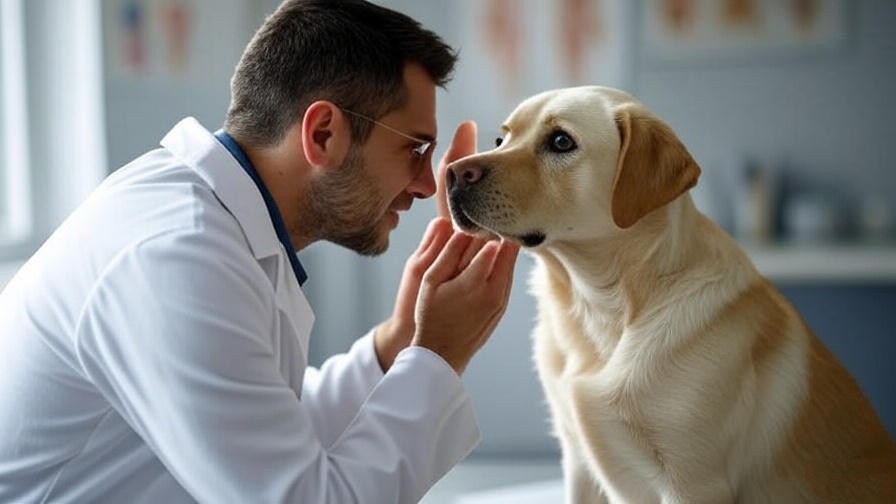
A vet will begin with a thorough physical exam, focusing on your dog’s eyes and neurological health. They may:
- Conduct an eye exam to check for infections, ulcers, or structural issues like lagophthalmos.
- Perform blood tests to rule out systemic conditions affecting sleep, such as thyroid imbalances.
- Assess behavior through questions about your dog’s routine, diet, and environment.
Prepare to answer questions like: “How often does your dog sleep with their eyes open?” or “Have you noticed changes in their energy or appetite?” Diagnostic tests, like a Schirmer tear test for eye moisture or imaging for neurological concerns, may be recommended if initial findings suggest deeper issues. According to the American Veterinary Medical Association (AVMA), regular vet visits can catch subtle changes before they become serious.
Preventive Care for Long-Term Health
Proactive care keeps your dog’s sleep and overall health in check. Schedule annual or biannual vet check-ups, especially for puppies and seniors, to monitor for changes in sleep or behavior. Maintain up-to-date vaccinations and parasite prevention, as infections can disrupt rest. Regular grooming, particularly around the eyes, prevents irritation that could affect sleep quality. Dr. John Smith advises, “Think of sleep as a window into your dog’s health. Consistent monitoring and preventive care ensure they thrive.”
The Emotional Connection: Sleep and Bonding with Your Dog
How Understanding Sleep Strengthens Your Bond
Observing your dog’s sleep habits offers more than health insights—it deepens your emotional connection. When you notice their quirks, like sleeping with eyes open or twitching during dreams, you gain a window into their unique personality. Responding to their needs—whether by adjusting their bed or calming them before sleep—builds trust. For example, gently petting your dog as they settle down can signal safety, reinforcing your role as their protector.

Try creating a shared bedtime ritual, like a quiet walk followed by a few minutes of calm petting. These moments foster mutual relaxation, aligning with holistic well-being practices. A 2019 study in Frontiers in Veterinary Science found that positive interactions before sleep reduce stress hormones in dogs, enhancing their sense of security.
Holistic Well-Being for You and Your Dog
Your dog’s sleep ties directly to your household’s harmony. A well-rested dog is happier, more playful, and less prone to behavioral issues, creating a calmer environment for everyone. Incorporate mindfulness practices to enhance this bond:
- Meditation Together: Sit quietly with your dog, focusing on deep breathing to calm both of you.
- Gentle Massage: Use slow, circular motions on your dog’s back or neck to ease tension before bed.
- Aromatherapy: With vet approval, use dog-safe essential oils like lavender in a diffuser to promote relaxation.
These practices not only improve your dog’s sleep but also align with your website’s focus on mindfulness, happiness, and holistic well-being. A rested dog and a relaxed owner create a virtuous cycle of emotional connection.
FAQs About Dogs Sleeping with Their Eyes Open
Q1: Is it normal for my dog to sleep with their eyes open?
A: Yes, it’s often normal, especially for breeds with prominent eyes or during REM sleep when muscles relax. Monitor for frequency and symptoms like redness to ensure it’s not a health issue.
Q2: Can certain breeds be more prone to sleeping with eyes open?
A: Brachycephalic breeds (e.g., pugs, bulldogs) are more likely due to their facial structure and thinner eyelids. However, any dog may exhibit this during deep sleep.
Q3: Should I wake my dog if their eyes are open during sleep?
A: Avoid waking them unless necessary, as this can disrupt their sleep cycle. If you’re concerned about their health, observe quietly and consult a vet.
Q4: How can I tell if my dog’s sleep behavior is a health issue?
A: Look for frequent eye-open sleep, eye irritation, or changes in behavior (e.g., lethargy, restlessness). These could indicate infections, neurological issues, or anxiety.
Q5: What can I do to help my dog sleep better?
A: Create a cozy sleep environment, maintain a consistent routine, ensure proper diet and exercise, and consider calming remedies (with vet approval) for anxious dogs.
Conclusion
Understanding whether dogs can sleep with their eyes open unlocks a deeper appreciation for your pet’s unique behaviors and needs. This phenomenon, often normal and tied to biology or breed, is just one piece of the canine sleep puzzle. By creating a sleep-friendly environment, maintaining a consistent routine, and monitoring for health red flags, you can ensure your dog enjoys restful, restorative sleep. These efforts not only boost their physical and emotional health but also strengthen the bond you share, fostering a happier, more harmonious household.
Take a moment to observe your dog’s sleep habits today. Try implementing one tip from this guide—whether it’s a cozy new bed or a calming bedtime ritual—and see how it transforms their rest. If you notice persistent unusual behaviors, consult your veterinarian to keep your furry friend thriving. Here’s to many restful nights and joyful days with your beloved companion!

